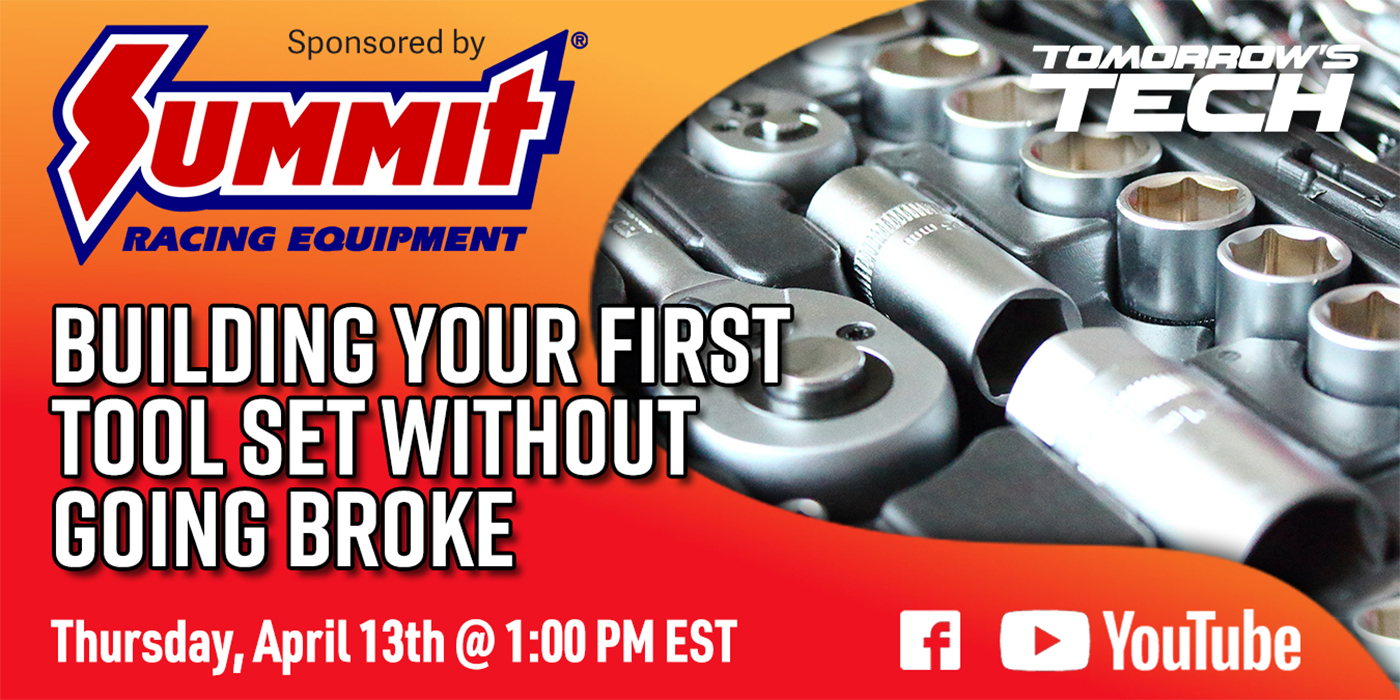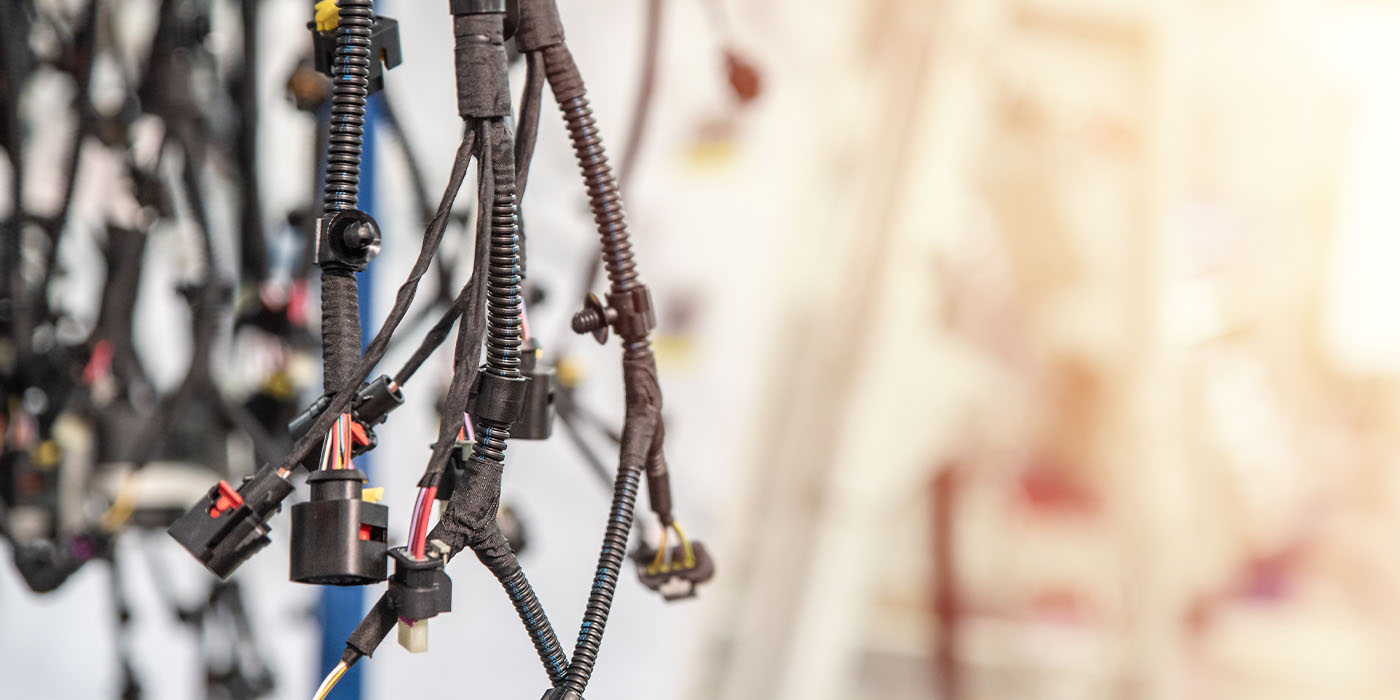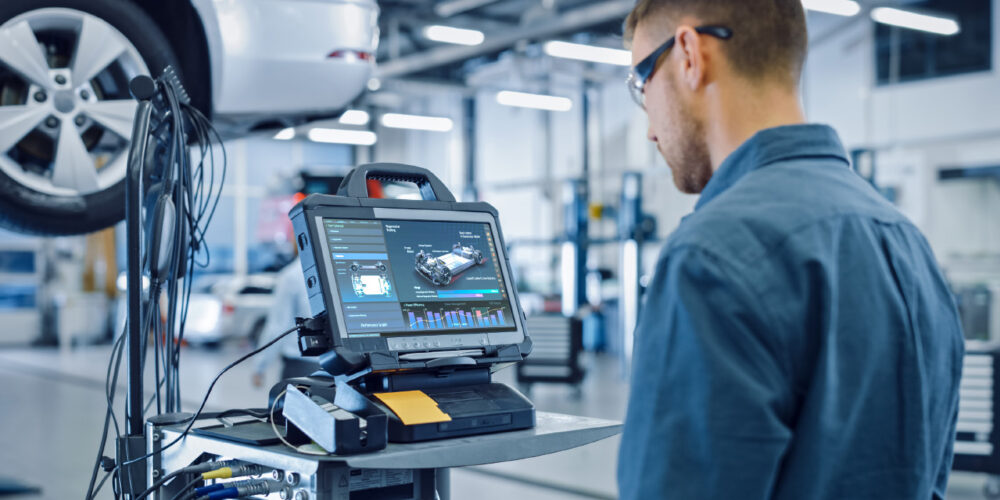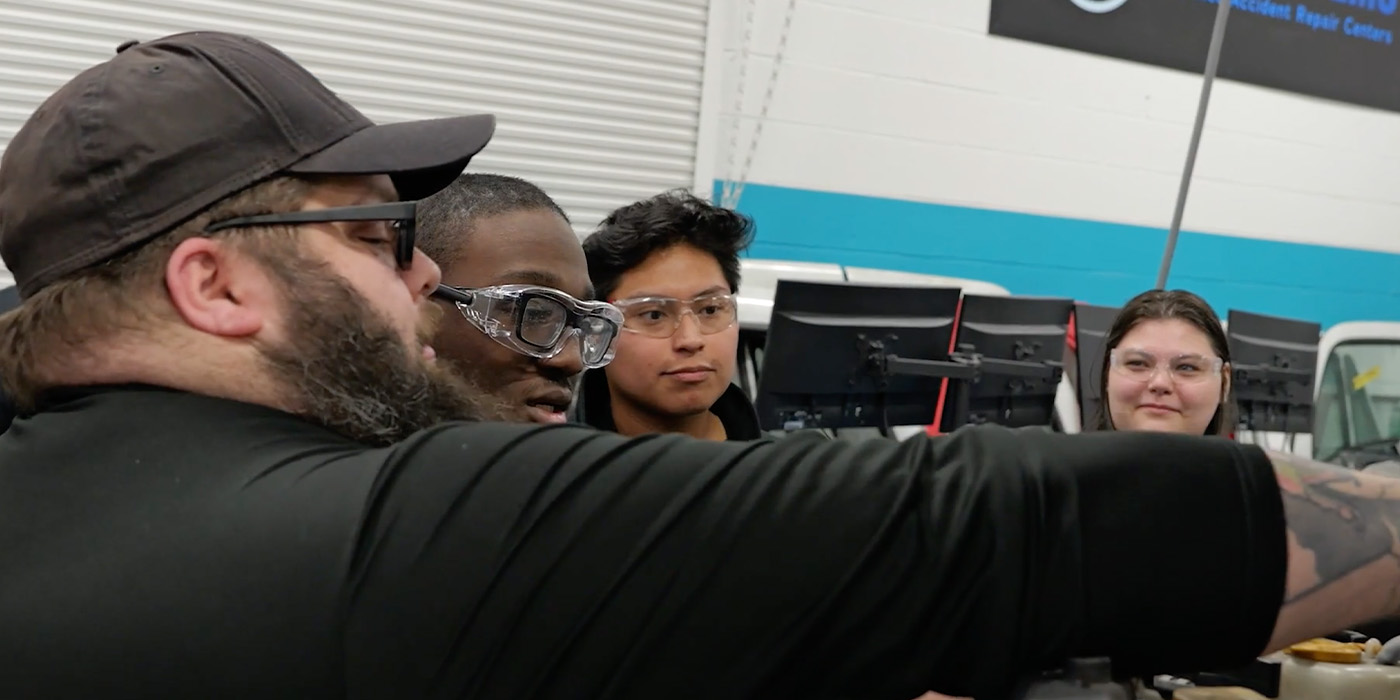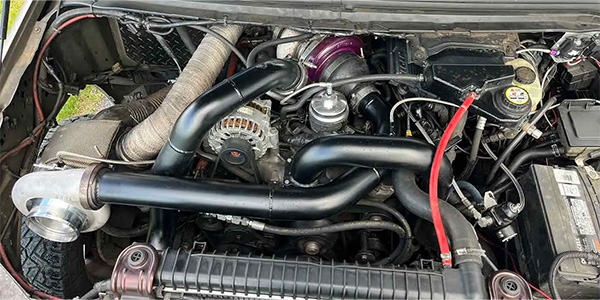The third-generation Hyundai Elantra is the vehicle that put the Korean automaker on the map. With a roomy interior and a reliable drivetrain, the Elantra sold well to a wide demographic of import and domestic buyers. The brake system, for the most part, is generic and not difficult to service.
In this article, we’ll be performing a complete brake job on a 2002 Hyundai Elantra with almost 200,000 miles on the clock and that has seen some tough winters in the rust belt. The car even had the front subframe replaced two years ago under warranty.
For all of the shops in non-rust belt states, you are about to be amazed and surprised what a little snow and salt can do to a vehicle.
TSBs AND RECALLS
There are no TSBs of relevance for the 2000-’06 Elantra. In 2003, Hyundai recalled some 2000-’03 Elantras for corrosion on the rear brake lines that pass behind the front suspension crossmember. The contact causes the outer coating on the brake lines to wear away. Without this coating, the lines will corrode.
The fix for dealers was to reposition the rear brake lines so they do not contact the mounting brackets. The repair involves installing brake line clips to control the location of the rear brake tubes, and apply anti-corrosion material to the lines.
INSPECTION PROCEDURES
The initial inspection revealed the front rotors were below specifications and had uneven pad wear on the right front inboard pad.
The rear drums were also out of specification and a leaking wheel cylinder had contaminated the brake shoes. Hyundai recommends replacement of the wheel cylinders if any brake fluid is found in the dust boots.
Runout measurements of the rotors and hubs revealed little or zero runout.
FRONT BRAKES
The caliper guide pins have insulator sleeves on the ends. These are designed to prevent vibration from being transferred to the caliper bracket. Over time, the ridges on the guide pin become compressed and it’s then possible to transfer vibration and noise to the vehicle. Some hardware kits include the insulator sleeves. It’s always a good idea to replace these every time the pads are replaced.

